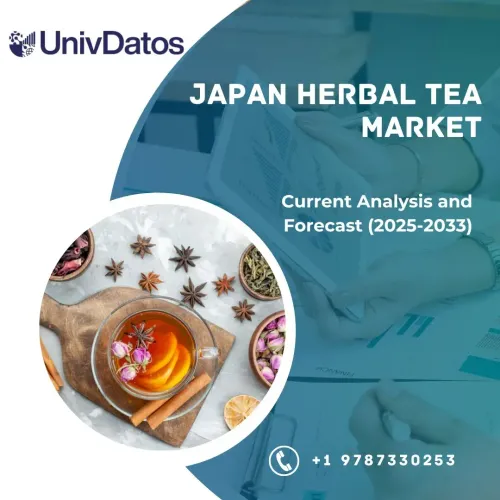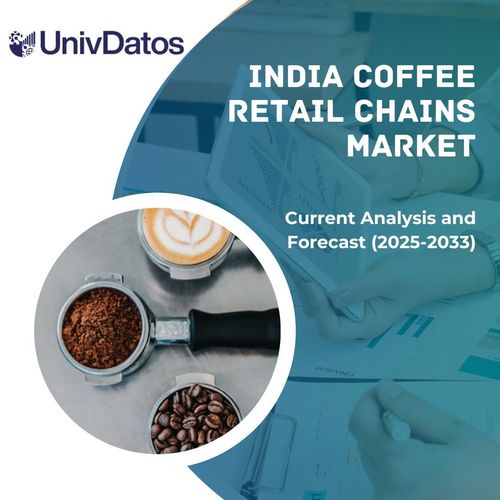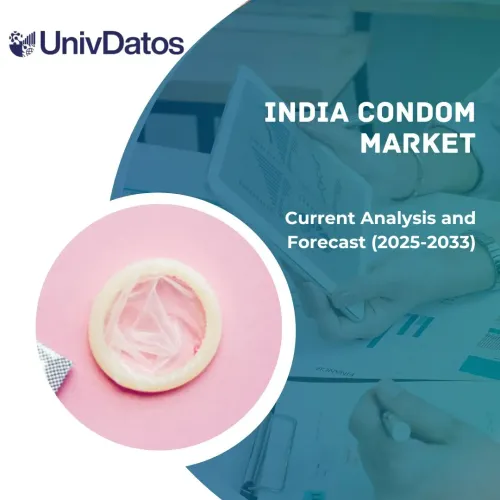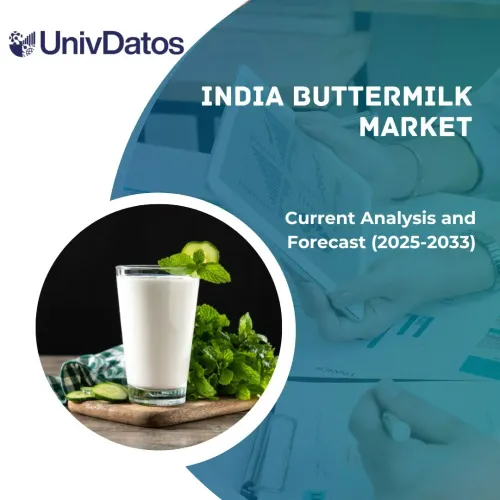- Home
- About Us
- Industry
- Services
- Reading
- Contact Us
Food Preservatives Market: Current Analysis and Forecast (2022-2028)
Emphasis on Type (Natural, Synthetic); Function (Anti-microbial, Anti-oxidant, Others); Application (Meat & Poultry Products, Bakery Products, Dairy Products, Beverages, Others); Region/Country.
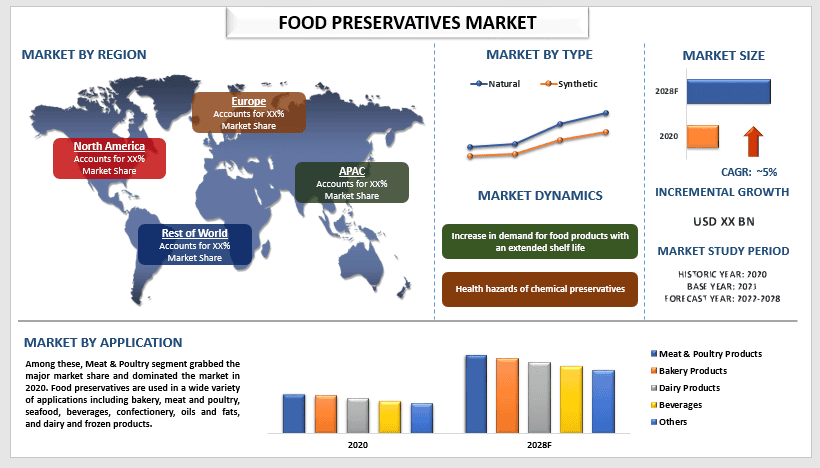
Global Food Preservatives Market is expected to grow at a significant rate of around 5% during the forecast period. The surging working population, rising disposable income, and emerging per capita spending of consumers on food worldwide have inclined them towards fast, convenient food which is contributing to the growth of the Food Preservatives market. For instance, in 2019, Japan has the highest per capita spending on food that is USD 4,417.5 per person followed by Australia, Canada, and France with per-person spending of USD 3,003.6, USD 2,986.9, and USD 2,983.4, respectively. This has been an increasing need for food preservatives at restaurants, cafes, and hotels, as well as for residential use. Hence, boosting the food preservatives market.
Also, processed foods occupy a significant share of many diets around the globe as these are widely available, cheap, and intensively marketed. The demand for Food Preservatives is rising dramatically across the globe owing to the growing consumption of processed food in many high-income countries leading to the increase in sales of processed and packaged food. For instance, the sales of packaged food across the globe were nearly USD 2,339.7 billion in 2015 and gradually increased to USD 2,578.9 billion in 2017 and USD 2,644.1 billion in 2019. Furthermore, advancement in technologies used in the manufacturing of food and beverages to maintain and prolong the shelf life of products to enhance the quality of the food is also propelling market growth.
Cargill Inc., Kemin Industries Inc., ADM, Tate & Lyle, Koninklijke DSM N.V., BASF SE, Celanese Corporation, Corbion N.V., Galactic S.A., Kerry Groiup PLC., are some of the key players in the market. Several M&As along with partnerships have been undertaken by these players to facilitate customers with hi-tech and innovative products/technologies.
Insights Presented in the Report
“Amongst type, synthetic category to witness higher CAGR during the forecast period”
Based on type, the market is segmented into natural and synthetic. The synthetic segment grabbed the major market share and dominated the market in 2020. The synthetic type is widely used as it is economical and easy to formulate. They can be formulated depending on the application requirements. Based on type, the market is classified into natural and synthetic types. However, with the growing awareness about the health benefits associated with natural preservatives, the demand for natural preservatives is increasing.
“Amongst function, the antimicrobial to hold a significant share in the market in 2020”
On the basis of function, the market is categorized into Anti-microbial, Antioxidant, and Others. Among these, the anti-microbial segment grabbed the major market share and dominate the market in 2020. Antimicrobials are used as preservatives within the food industry to extend product shelf life, improve product safety, maintain product quality, reduce processing costs, and increase the ability to distribute products globally in complex supply chains.
“Amongst application, the meat & poultry segment to hold a significant share in the market in 2020”
On the basis of application, the market is categorized as Meat & Poultry Products, Bakery Products, Dairy Products, Beverages, and Others. Among these, Meat & Poultry segment grabbed the major market share and dominated the market in 2020. The processed meat, poultry, and seafood industry are expanding at a significant rate globally, which is expected to drive the demand during the forecast period. Food preservatives are used in a wide variety of applications including bakery, meat and poultry, seafood, beverages, confectionery, oils and fats, and dairy and frozen products.
“North America to hold a significant share in the market”
In 2020, North America held a significant share of the global Food Preservatives market. A rise in the café, hotels, and restaurants across the region coupled with the growing demand for processed and packaged food owing to the rising working population is leading to the growing demand for the Food Preservatives market. Moreover, the growth of the travel and tourism industry and the rising attractiveness of Quick Service Restaurants (QSRs) among millennials.
Reasons to buy this report:
- The study includes market sizing and forecasting analysis validated by authenticated key industry experts.
- The report presents a quick review of overall industry performance at one glance.
- The report covers an in-depth analysis of prominent industry peers with a primary focus on key business financials, product portfolio, expansion strategies, and recent developments.
- Detailed examination of drivers, restraints, key trends, and opportunities prevailing in the industry.
- The study comprehensively covers the market across different segments.
- Deep dive regional level analysis of the industry.
Customization Options:
The global Food Preservatives market can further be customized as per the requirement or any other market segment. Besides this, UMI understands that you may have your own business needs, hence feel free to connect with us to get a report that completely suits your requirements.
Table of Content
Research Methodology for the Food Preservatives Market Analysis (2022-2028)
Analyzing the historical market, estimating the current market, and forecasting the future market of the global Food Preservatives market were the three major steps undertaken to create and analyze the adoption of Food Preservatives in major regions globally. Exhaustive secondary research was conducted to collect the historical market numbers and estimate the current market size. Secondly, to validate these insights, numerous findings and assumptions were taken into consideration. Moreover, exhaustive primary interviews were also conducted, with industry experts across the value chain of the global Food Preservatives market. Post assumption and validation of market numbers through primary interviews, we employed a top-down/bottom-up approach to forecasting the complete market size. Thereafter, market breakdown and data triangulation methods were adopted to estimate and analyze the market size of segments and sub-segments of the industry pertains to. Detailed methodology is explained below:
Analysis of Historical Market Size
Step 1: In-Depth Study of Secondary Sources:
Detail secondary study was conducted to obtain the historical market size of the Food Preservatives market through company internal sources such as annual reports & financial statements, performance presentations, press releases, etc., and external sources including journals, news & articles, government publications, competitor publications, sector reports, third-party database, and other credible publications.
Step 2: Market Segmentation:
After obtaining the historical market size of the Food Preservatives market, we conducted a detailed secondary analysis to gather historical market insights and share for different segments & sub-segments for major regions. Major segments are included in the report as type, function, and application. Further country-level analyses were conducted to evaluate the overall adoption of testing models in that region.
Step 3: Factor Analysis:
After acquiring the historical market size of different segments and sub-segments, we conducted a detailed factor analysis to estimate the current market size of the Food Preservatives market. Further, we conducted factor analysis using dependent and independent variables such as type, function, and application of Food Preservatives. A thorough analysis was conducted for demand and supply-side scenarios considering top partnerships, mergers and acquisitions, business expansion, and product launches in the Food Preservatives market across the globe.
Current Market Size Estimate & Forecast
Current Market Sizing: Based on actionable insights from the above 3 steps, we arrived at the current market size, key players in the global Food Preservatives market, and market shares of the segments. All the required percentage shares split, and market breakdowns were determined using the above-mentioned secondary approach and were verified through primary interviews.
Estimation & Forecasting: For market estimation and forecast, weights were assigned to different factors including drivers & trends, restraints, and opportunities available for the stakeholders. After analyzing these factors, relevant forecasting techniques i.e., the top-down/bottom-up approach were applied to arrive at the market forecast for 2028 for different segments and sub-segments across the major markets globally. The research methodology adopted to estimate the market size encompasses:
- The industry’s market size, in terms of revenue (USD) and the adoption rate of the Food Preservatives market across the major markets domestically
- All percentage shares, splits, and breakdowns of market segments and sub-segments
- Key players in the global Food Preservatives market in terms of products offered. Also, the growth strategies adopted by these players to compete in the fast-growing market
Market Size and Share Validation
Primary Research: In-depth interviews were conducted with the Key Opinion Leaders (KOLs) including Top Level Executives (CXO/VPs, Sales Head, Marketing Head, Operational Head, Regional Head, Country Head, etc.) across major regions. Primary research findings were then summarized, and statistical analysis was performed to prove the stated hypothesis. Inputs from primary research were consolidated with secondary findings, hence turning information into actionable insights.
Split of Primary Participants in Different Regions
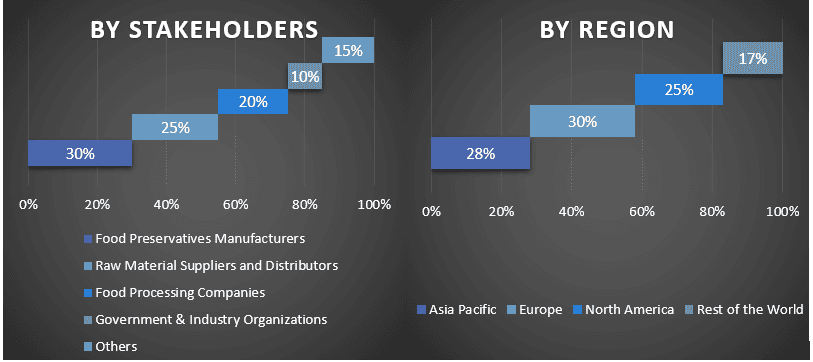
Market Engineering
The data triangulation technique was employed to complete the overall market estimation and to arrive at precise statistical numbers for each segment and sub-segment of the global Food Preservatives market. Data was split into several segments & sub-segments post studying various parameters and trends in the type, function, and application in the global Food Preservatives market.
The main objective of the Global Food Preservatives Market Study
The current & future market trends of the global Food Preservatives market were pinpointed in the study. Investors can gain strategic insights to base their discretion for investments on the qualitative and quantitative analysis performed in the study. Current and future market trends determined the overall attractiveness of the market at a regional level, providing a platform for the industrial participant to exploit the untapped market to benefit from a first-mover advantage. Other quantitative goals of the studies include:
- Analyze the current and forecast market size of the Food Preservatives market in terms of value (USD). Also, analyze the current and forecast market size of different segments and sub-segments
- Segments in the study include areas of type, function, and application.
- Define and analysis of the regulatory framework for the Food Preservatives
- Analyze the value chain involved with the presence of various intermediaries, along with analyzing customer and competitor behaviors of the industry.
- Analyze the current and forecast market size of the Food Preservatives market for the major region.
- Major countries of regions studied in the report include Asia Pacific, Europe, North America, and the Rest of the World.
- Company profiles of the Food Preservatives market and the growth strategies adopted by the market players to sustain in the fast-growing market
- Deep dive regional level analysis of the industry
Related Reports
Customers who bought this item also bought


